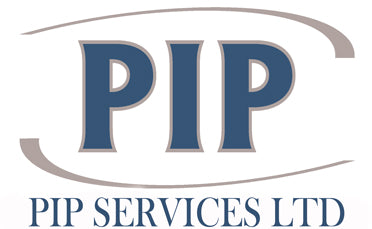Incident reporting is a crucial component of workplace safety. It involves the meticulous documentation and analysis of accidents, near-misses and other safety-related incidents. With thorough incident reporting, organisations become empowered to identify previously unseen hazards, leading to the prevention of future accidents as well as compliance with regulatory standards.
On this page, we look at various systems and protocols relating to incident reporting to help you gain a stronger understanding.
The Importance of Incident Reporting
There are various key benefits to incident reporting. It allows the identification of potential hazards, which will help in preventing future incidents by addressing the causes. It also ensures compliance with certain regulatory requirements, and provides data for analysing trends and making safety improvements. Overall, it leads to greater workplace safety.
Accident Logs
These are records that detail every incident that is reported in the workplace. They are essential for tracking incidents over time and identifying patterns or recurring dangers.
The components of an accident log are as follows:
- Date and Time: When did the incident occur?
- Location: Where did it happen?
- Description: What was the incident?
- Injuries Sustained: Was anyone hurt?
- Witnesses: Names and contact information of all who saw it.
- Follow-up Actions: What steps were taken to address the incident?
Action logs are a legal requirement for incident documentation, and they ensure accountability and transparency in incident reporting.
Incident Forms
These are structured documents that you utilise to report and document accidents, near-misses and other safety incidents. They are a record-keeping facility that ensures all relevant information is captured in a standardised manner.
They key sections include the following:
- Reporter information.
- Details of the incident.
- A narrative description of what happened.
- Details of any injuries and/or damage.
- Witness statements (if relevant).
- Immediate actions taken.
- Analysis of the root cause of the incident.
- Recommendations for preventative measures.
These forms ensure consistency in incident reporting and capture the incident in detail. They are useful for thorough analysis and investigation of incidents to make improvements.
Digital Reporting Systems
These are software solutions that facilitate electronic submission, tracking and analysis of incident reports. Essentially, they streamline the reporting process and incorporate cutting-edge tools for the management and analysis of that data.
Common features of digital reporting systems include:
- A user-friendly interface for making reports.
- Real-time submission and access to incident reports.
- Automated alerts for safety personnel when a report is submitted.
- Tools for analysing data, like identifying trends and auto-generating analytics reports.
- Document storage, ensuring all incident-related documents are secure.
These reporting systems streamline the reporting process and reduce administrative burden. They also help keep errors to a minimum and provide convenient access to incident data for the relevant stakeholders. With digital solutions, you can report in a timely manner and easily integrate with other safety management tools for a comprehensive solution.
High-Quality Incident Reporting in Organisations
To get the most out of incident reporting, you should establish clear protocols that define procedures and ensure all employees are trained in them. A reporting culture should be strongly encouraged, and there should be regular reviews and follow-ups of reports being submitted.
Technology is extremely beneficial for all of this, with powerful tools and integrated systems to streamline processes and make everything efficient and compliant.
Why choose PIP Services for your health and safety consultancy?
We’re dedicated to providing the highest level of advice on all Health and Safety related matters and will assist companies in meeting their obligations. We offer a wide range of Health & Safety Services for a variety of clients. We represent many companies and deal with all of their Health & Safety matters.
We’re also an accredited CITB, NEBOSH, IOSH, IWFM & CITB training provider, as well as a ProQual-approved NVQ centre.
We also offer a business partnership programme offering a NVQ Level 6 Diploma in Occupational Health & Safety & NEBOSH General Certificate to help you become a health and safety consultant.
We are rated 4.9/5 on Trustpilot, and you can read our reviews here. If you would like to speak to us about your training needs, please get in touch using the button below.

